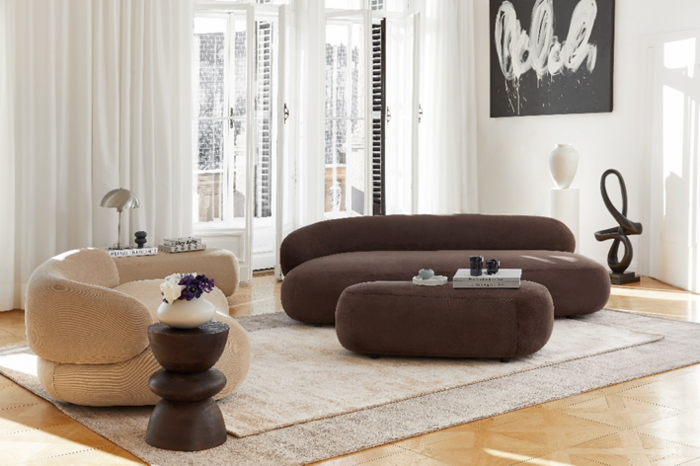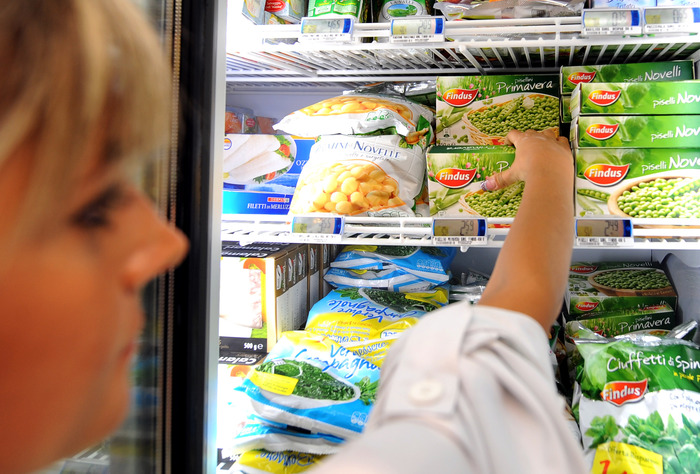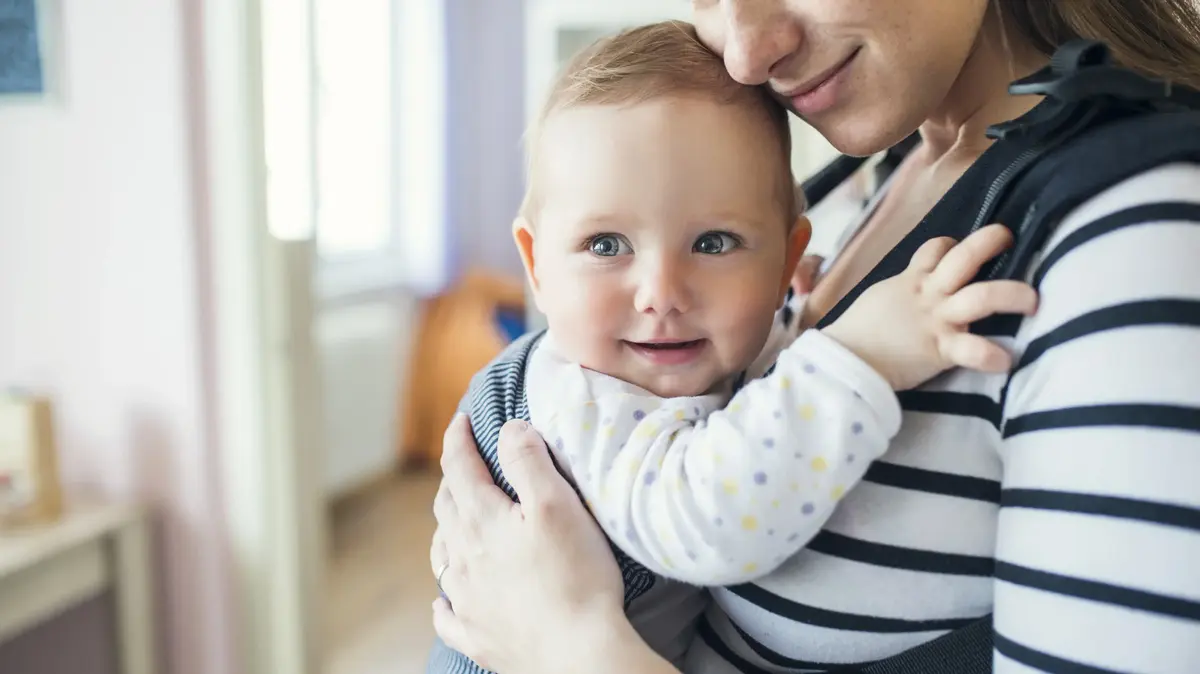Ordering at home, watching a TV series and finding yourself eating on the sofa is an increasingly common habit for many, which
also changes the rules and the relationship between the home and the classic places dedicated to food
.
Table and chairs yes, but more and more other elements such as the sofa, the armchair, the carpet or the bed become the protagonists of lunches and dinners.
Food delivery has become an integral part of consumption habits, to the point that relations with the spaces of the home have also evolved.
And if with the emergence of
food delivery
services, not only consumption habits change but also the rituals implemented and the relationship with domestic spaces, it can be expected that the furnishing elements themselves will also evolve.
How will this happen?
“Fashion has recently confronted itself with furniture and logistics brands and the school is now doing so with food delivery” declares Danilo Venturi, Director of IED Florence.
“Behind the apparent superficiality of a casual meal, there are profound changes that involve the way we live our spaces and our private moments.
If we understand these phenomena we also learn to design the house of the future.
In fact, it often happens that the traditional table is no longer the only place used for lunches and dinners.
According to a SWG research for Deliveroo at the dining table, which still collects 70% of the answers as the ideal place to consume food, there are other domestic spaces that can offer greater comfort and conviviality such as the sofa (24% of the answers), the bed (10%) and armchair (9%),
particularly appreciated by the youngest.
For example, the IED students, from the degree course in Interior and Furniture Design and Advertising Communication, participated in the project
“The new dining table is not a table”
, to reinterpret domestic furnishings according to the new needs and new rituals created by food delivery.
On the basis of skills, creativity and personal experience, they have developed ideas to rethink furnishing elements typical of our homes according to home consumption.
The winning concept work is "IT IT", an original name for the English expression "heat eat" (eat hot): a special
thermal pouf capable of being both a comfortable sitting room and a practical insulating container
able to keep the order warm.
The second project work, Deloop, was also very popular.
A multifunctional and transformable furniture module, inspired by the iconic riders backpack, an object that, adapting and intertwining in multiple ways, gives life to infinite functionality and furnishing possibilities.
Beyond the two projects, we are witnessing a great comeback in the living spaces of the
pouf,
a hybrid and versatile object, useful as a support base, as well as a recovery of the
coffee tables for the living room
that we believed forgotten in other ages.
The pouf of our memory is the armchair sack, into which Fantozzi clumsily sank, in the film: 'Fracchia the human beast', created in 1968 by Piero Gatti and produced by Zanotta.
The invention itself is ancient: a nomadic element of the Berber camps, over time it has become more rigid, almost a small table and very often the keeper of secrets with the inside container, but it is part of its evolution, as a functional object.
The Ultimo Tocco project, a Lombard company that produces
ready-to-deliver dishes but to be assembled at home, is also part of this trend of experiencing food delivery.
following precise instructions and having common tools, pans, microwaves, ovens at your disposal, putting together the various ingredients and personalizing them on the dishes you participate in a certain sense in the kitchen, like a chef.Delivery data in Italy and in the world, in recent years , they told us of an exceptional growth.
Thanks to the lockdowns and restrictions, the consumption of delivered meals has grown exponentially and with it also disposable tableware, polystyrene and plastic in general.
On this point, the EU banned the production of disposable cutlery and plates in 2021, but the road to the total elimination of these objects is still very long.
Several companies have and are experimenting with new materials that are totally compatible with environmental well-being.
develop packaging that is not only recyclable or reusable, but even compostable
.
The new challenge that could lead to an epochal turning point is that of producing
edible packaging
.
algae: a young London company has created and launched an alternative product to plastic that can even be eaten.
These casings, if thrown away, take a little over two weeks to decompose.
Always with algae from sustainable farms, an American company has produced fully compostable drink straws;
another example, reports Fine Dining Lovers, are biopolymers: the research that produces this edible spray gel made from recycled raw material is entirely Italian.
What is it for?
Sprinkled on fresh foods it slows down their oxidation and so it is possible to keep them much longer;
and then
pea proteins
: It took a British company 15 years of research to make pea protein a food-protecting wrapper just like plastic, but which is completely edible.
Wraps have been made for stock cubes that are directly immersed in water without needing to be discarded.
We are witnessing changes in lifestyles, in the ways of eating as we are seeing and learning to understand the impact that packaging can have on the environment is decisive.
Producing packaging in completely recyclable material, with an impact as close to zero as possible is a challenge for companies due to the new global sensitivity that all of us citizens are developing more and more.
How unbearable are those complicated wrapping, almost like a matryoshka, of food delivery but also of supermarkets, also used to contain simple food?
Food safety is okay, but the environmental impact of these bulky enclosures is high.
Using ready-made dishes from the supermarket or eating with food delivery has an environmental challenge to be met, and to be won.















